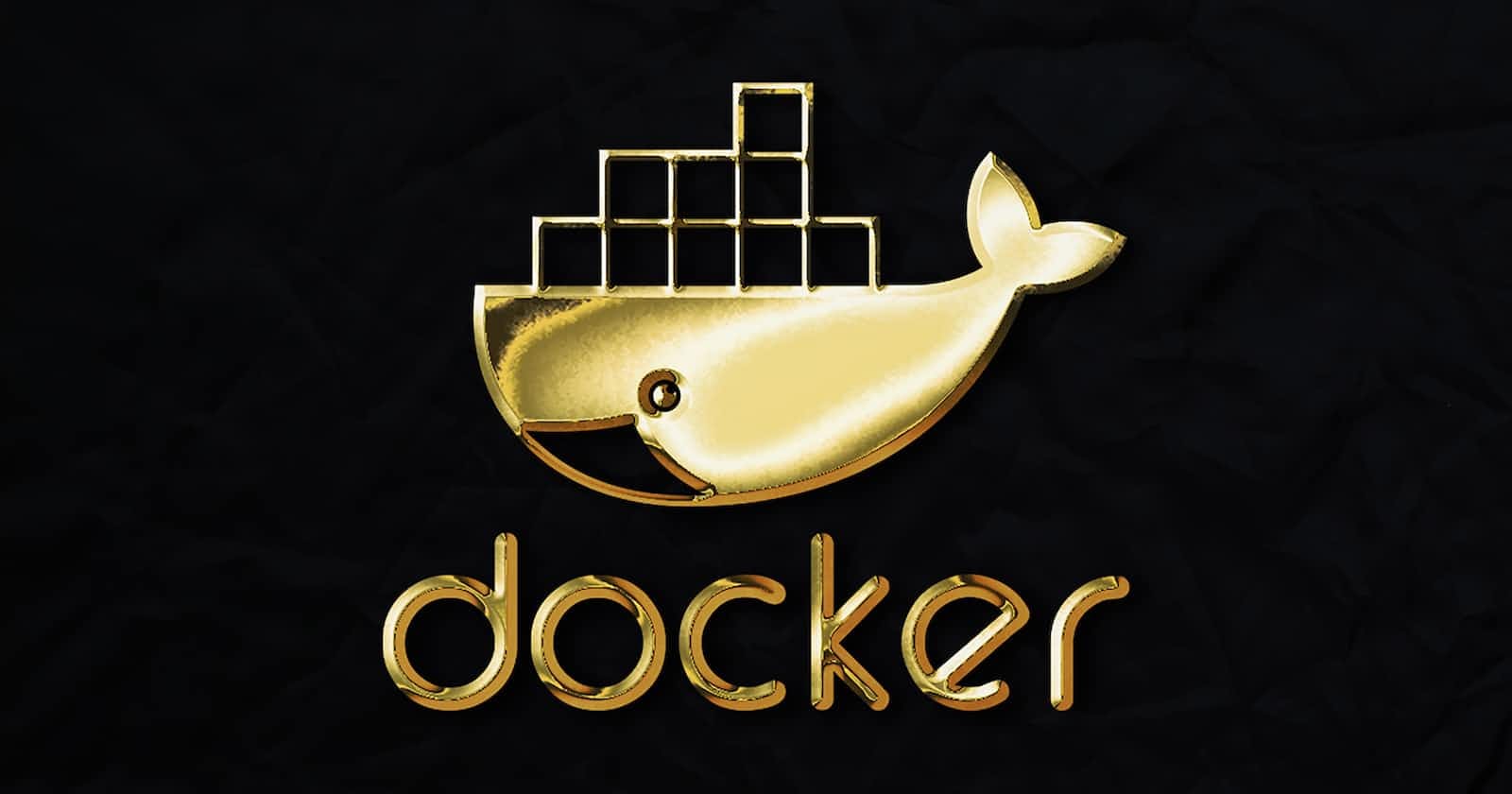
Photo by Rubaitul Azad on Unsplash
Running Your Laravel Application with Docker: A Seamless Containerization Process
Containerization has revolutionized the world of application deployment, offering a lightweight and portable solution for packaging applications and their dependencies. Docker, a widely acclaimed tool, has become a cornerstone of containerization. In this article, we will explore the step-by-step process of running your Laravel application using Docker, ensuring seamless development and deployment experiences.
Before we embark on this journey, ensure that Docker and Docker Compose are installed on your system. Let's dive into the steps:
Step 1: Set up your Laravel application To begin, create your Laravel application by following the official Laravel documentation.
Ensure that your Laravel application is functioning correctly on your local machine before integrating it with Docker.
Step 2: Create a Dockerfile In the root directory of your Laravel project, create a file called "Dockerfile" without any file extension. Open this file in a text editor and insert the following contents:
FROM php:7.4-apache
RUN docker-php-ext-install pdo_mysql
COPY . /var/www/html/
Save the Dockerfile, as it serves as a blueprint for building your Docker container.
Step 3: Create a Docker Compose file In the root directory of your Laravel project, create a file named "docker-compose.yml". Open this file in a text editor and include the following contents:
version: "3"
services:
web:
build:
context: .
dockerfile: Dockerfile
ports:
- 80:80
volumes:
- .:/var/www/html
Save the docker-compose.yml file. This file defines the services required for your application and specifies the build context, Dockerfile location, exposed ports, and volume mounts.
Step 4: Build and run the Docker container Open your terminal or command prompt and navigate to the root directory of your Laravel project. Execute the following command to build the Docker container:
docker-compose build
Once the build process completes, run the subsequent command to start the container:
docker-compose up -d
This command will initiate the execution of your Laravel application within the Docker container, detached from the terminal.
Step 5: Access your Laravel application With the Docker container up and running, open your web browser and visit http://localhost. You should now witness the resplendent sight of your Laravel application gracefully unfurling before your eyes.
Congratulations!

You have successfully set up and executed your Laravel application using Docker. With Docker as your steadfast companion, you can develop and deploy your application seamlessly across diverse environments.
Please bear in mind that the instructions provided in this article are general guidelines. Depending on your specific Laravel application setup, you might need to tailor certain aspects. For further details and in-depth insights into Docker and its usage, refer to the official Docker documentation.
Feel free to reach out if you have any additional questions. Happy containerizing!
